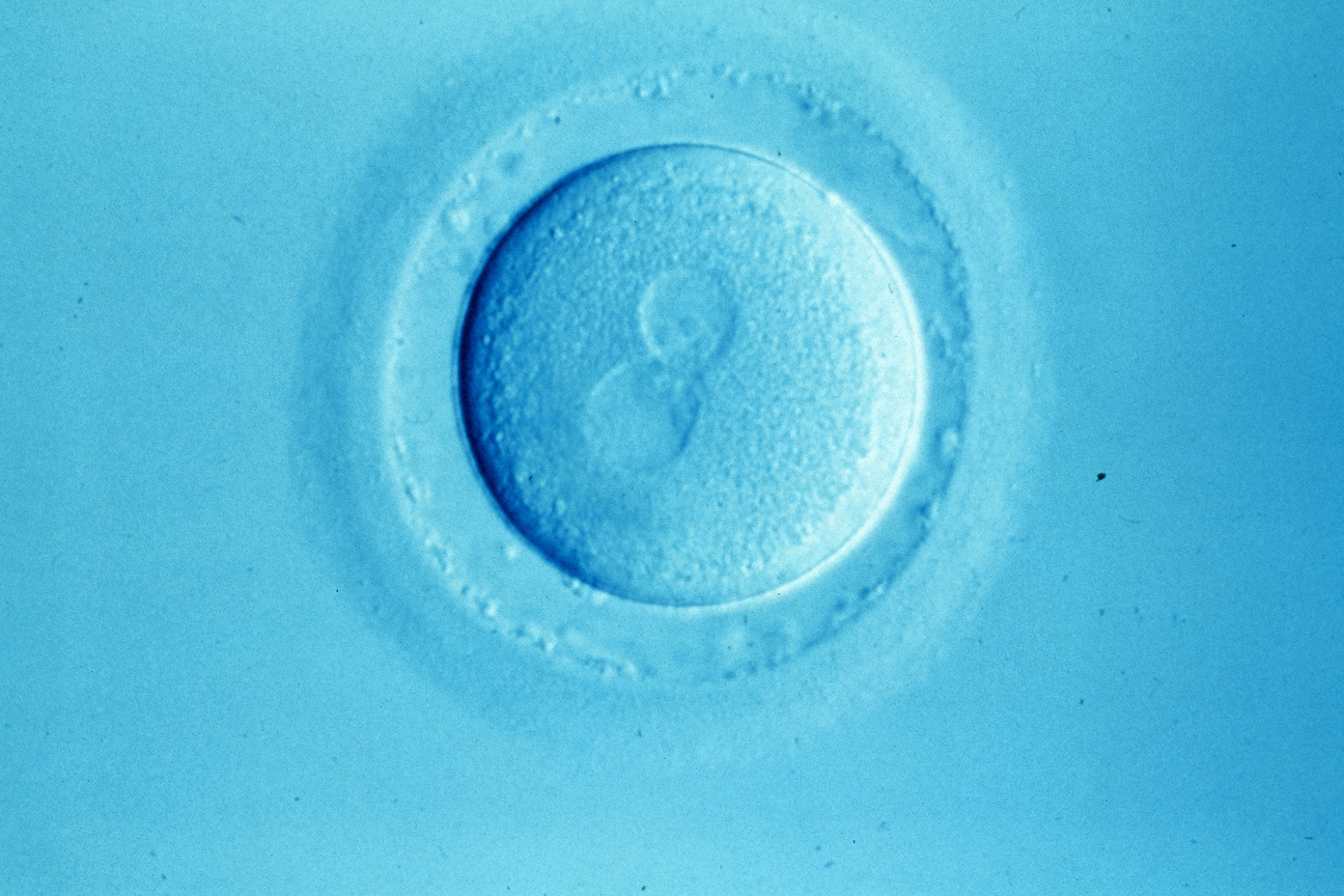While one might have sympathy for Natallie Evans and Lorraine Hadley because the UK's High Court has ruled they cannot use the embryos they have in frozen storage, it is hard to criticise the legal decision in this case. Mr Justice Wall followed the letter of the law on consent. But he has also, like legal judgements made in two previous cases this year, highlighted legal parenthood following assisted reproduction treatments (ARTs) as a problematic area of the law.
Earlier this year, two courts in the UK made similar but different rulings about parenthood following ART. In February, the Court of Appeal said, reversing the decision of a lower court, that a man could not be regarded as the legal father of a child born to his ex-partner after IVF. In this case, the couple began IVF treatment together (although donated sperm was used), but they separated before the embryos were transferred. The woman later requested the transfer of the stored frozen embryos to her womb without informing the clinic of their separation. She became pregnant and had a baby girl. The lower court had ruled that because they had begun treatment together, this was enough to establish the man's paternity. But the Court of Appeal ruled that the man should not be regarded as the father as, at the time when the embryo was transferred to the woman, they were not receiving licensed treatment 'together', as required by the Human Fertilisation and Embryology (HFE) Act 1990.
In the second case, the High Court ruled in March that a black man was the legal father of mixed-race twins born to a white couple. The mistake occurred at an IVF clinic: his sperm was wrongly used to fertilise the eggs of a white woman undergoing treatment there with her husband. Genetically, the man had been proved to be the father of the child, and the judge said that to regard him as the legal father would be to 'preserve the reality of their paternal identity', despite the fact he had never even met the twins. Because the social father could not establish legal paternity under the HFE Act (he did not consent to the use of another man's sperm in his wife's treatment), the court fell back on the only other man who could potentially be linked to the twins.
In both these cases the courts struggled to fit definitions of parenthood - particularly those that do not arise from having children in the 'normal' way - to the situations they faced. Whatever one thinks of the ethical and emotional issues involved, it is possible to argue that both were wrongly decided. By this I do not necessarily mean that the judges involved misapplied the law: they in fact only put an interpretation on the (often rather strange) provisions of the HFE Act regarding legal parenthood after ART. Rather, the wrong decisions were reached precisely because of the legal definitions.
Perhaps a better determinant of legal parenthood in these situations (and for all ART treatments) is one based on the intention of the parties. Practically, what this would mean is that the man in the first case, despite not being the child's biological father, would be the legal father and could apply for parental responsibility and contact with her. Judicial and political rhetoric in plenty of other cases would support the contention that it is better for the child to have this man - who, it must be remembered, intended her creation - recognised as her father rather than no man at all (given that sperm donors are rightly not legally recognised as such). In the second case, an intentional approach would mean that the man who underwent treatment with his wife, was with her throughout the pregnancy and will perform the role of social father, is also recognised as the legal father. Why make a man who did not intend those children to be born (and who will not raise them) the legal father by virtue of a biological link?
The difference in the cases of Ms Evans and Ms Hadley is that the women's former partners requested that the embryos be destroyed because they had no wish to be the fathers of any children born to the two women since their separation. Because they withdrew their consent, Mr Justice Wall had little option but to respect their choice. But had parenthood been defined by intention, all withdrawing consent might mean is that these men clarified that they had no intention to be the legal or social father of any resulting children. This might be an acceptable compromise.
If parenthood had been defined by intention, the men in question would, of course, be genetically related to children they didn't intend to father. However, so are many men, and it seems the law can treat them how it wants. Men who get a woman pregnant by having sex with them, but who don't intend to be the father, are still treated as such by the law, which makes them pay child support. Men who donate their sperm are exempt, legally and socially. Men whose sperm is accidentally used to fertilise another woman in an IVF clinic fall somewhere in between: a legal father in name only. Why can't this kind of legal halfway house be similarly applied to men who withdraw their consent? That way, the children can be born but these men will neither be their legal nor social fathers.





Leave a Reply
You must be logged in to post a comment.